Can we re-build and reinvent our inner cities post-covid-19? What type of mixed use, common or open spaces are needed to make our cities attractive? What spaces are needed to support innovation and creativity? At the Villa Vigoni experts and practitioners came together to discuss what type of social, technical, cultural and physical infrastructures inner cities need to regain relevance.
Team Multiplicities can provide you with a first “what to do” checklist to engage in providing for these much needed spaces in urban and suburban districts. Since it is about a social rescue activity, it has to be community oriented, easy to access and built up with low levels of maintenance in mind.
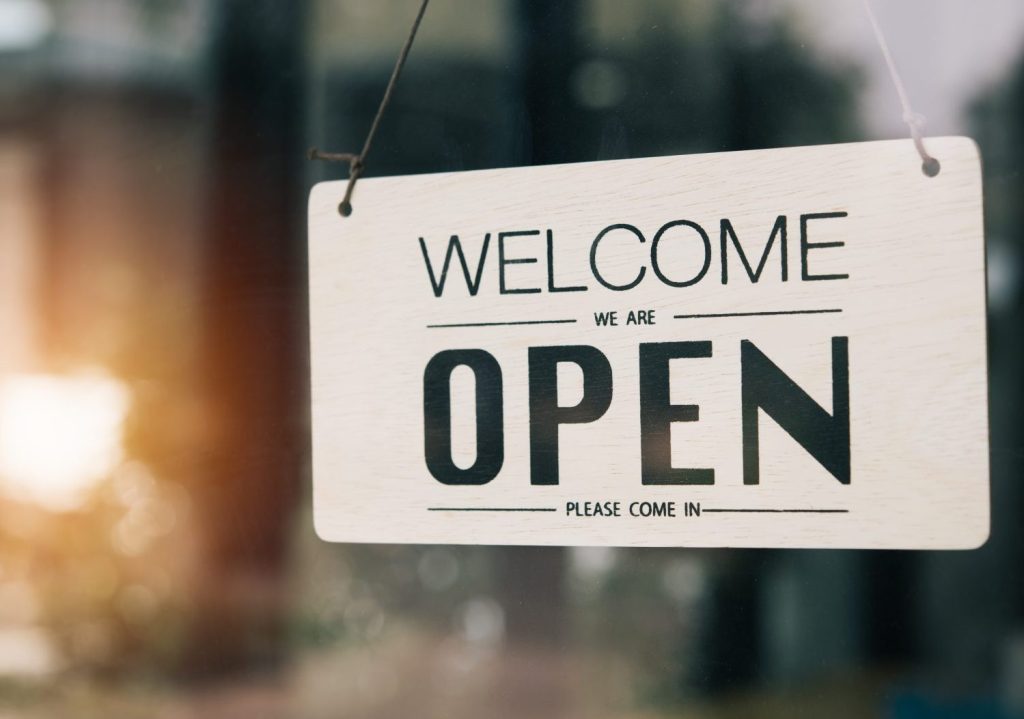
Design sprint with international scholars and practitioners at Villa Vigoni (Italy)
Hosted by the Villa Vigoni, Italy, and funded by the German Research Council (DFG), frame by COST Action 18214 on „NewWorking Spaces“, European policy makers and scholars from different social sciences disciplines joined a one-day collaborative design sprint work seminar 25th of October. The design sprint has been conceptualized by Multiplicities-Berlin with Susy Silva from Lisbon, Portugal, Dr. Steve Harding from Birmingham, UK, and Dr. Bastian Lange, Berlin/Leipzig, Germany. 15 participants designed ideas and criteria for recovering urban spaces.
In a nutshell, these are the results: Changed working habits need close-by local low-cost infrastructures such as new working spaces, coworking options, and other common based places of encounter. As a facilitator, Multiplicities can provide local municipalities and action groups with a first “what to do”-checklist to engage in needed spaces in urban and suburban districts. Since it is about a social rescue activity, it has to be community oriented, easy to access and built up with lowest maintenance. This is how we have worked out the two cases and the results:
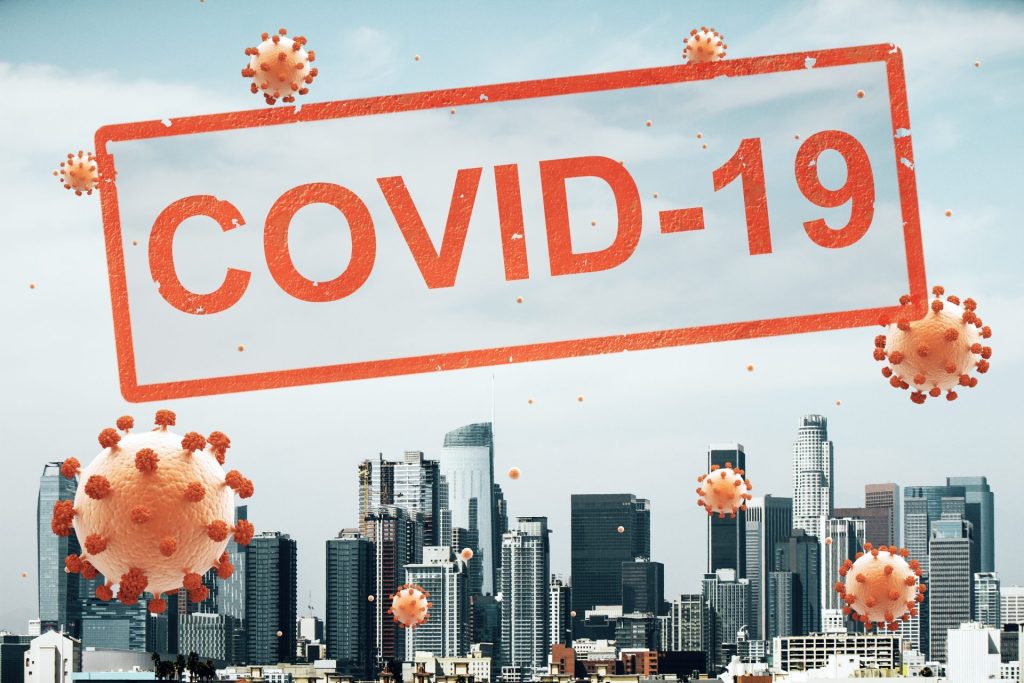
What do inner cities need in the future? Rethinking the urban infrastructures and social designs of the post-Covid-19 inner cities
Under the radar of general urbanization discourses on the one hand and the euphoric-romantic „Landlust euphoria“ on the other, inner-city developments receive more and more attention in pandemic times. Often, their situation was already precarious before Corona, because their potential were hardly ever considered and promoted, less qualified shops died, follow-up regulation of elderly owners toward younger workers failed. What then can cities do in view of the current structural changes in the retail and service sectors and those that will intensify in the future?
Inner cities have become an increased focus of post-Corona policy in times of the pandemic. Lockdown and online retailing have hit retail, restaurants, and hotels hard. Strategies to revitalize them after the end of the lockdown are currently being developed. It remains to be seen whether fast consumption practices, international travel and nightlife behavior will restore the former vitality of the city centers and whether this can be considered at all sensible, supportive, and strengthening in its current form. Moreover, whether it would even be desirable in the long term, both spatially and in terms of economic effectiveness, sustainability, and resilience.
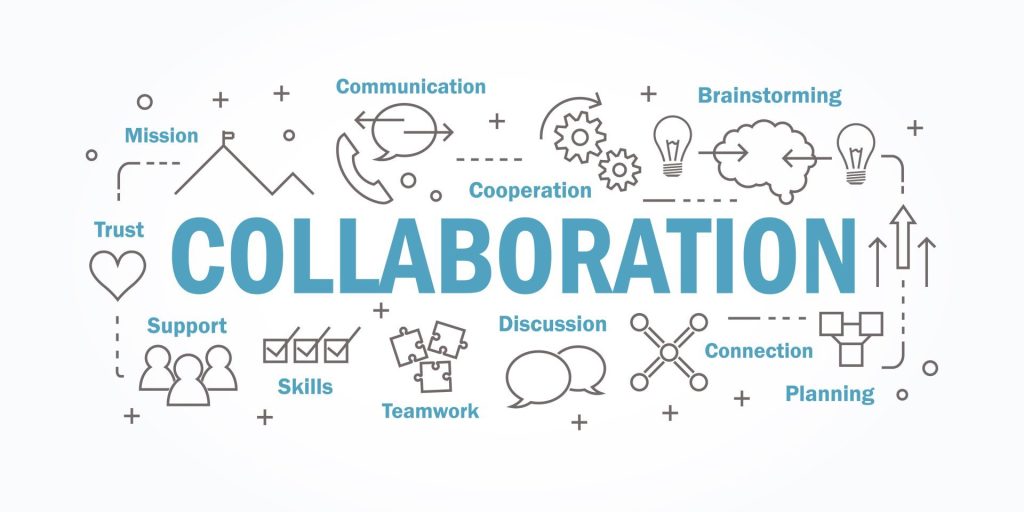
How can we keep inner cities alive? How can we shape their future sustainably? What potential scenarios can we imagine?
Cities are currently focusing very strongly on their inner-city areas. These inner cities are being transformed, as we perceive it, into car-free “consumptainment” parks by market forces and above all by international fashion stores in cooperation with food chains. But inner cities, which have been even more starved after Corona and whose locational qualities and potential have received little political and media attention in pandemic times, it becomes evident that they must be given more political and planning attention.
Inner cities and their inner-city districts centers have decisive functions in terms of federal and regional policy for economic, educational, cultural, and social services for the people who live and work in these areas, who want to take advantage of cultural offerings or who want to continue their education. In the pandemic period, the inner cities have been thrown back on themselves even more and have had to develop their own good services and responses to remedy the situation, especially in relation to their own qualities, potential, and approaches.
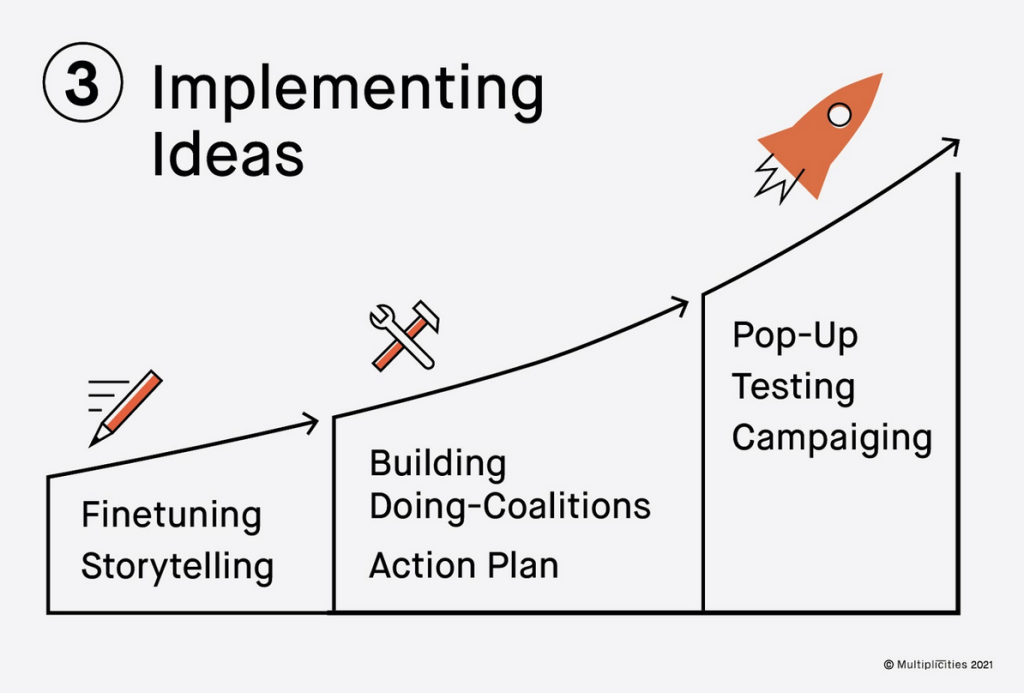
Design sprint – structured doing and thinking with collaborative methods
Taking the case of Lisbon and of Birmingham, we designed an online workspace for cooperation, where we want to collect and create solutions for these two cities in transition.
Together, in a collaborative way, we aim to build new partnerships and to identify and develop new Working Spaces.
For this project, we would like to enter discussions with various people and institutions.
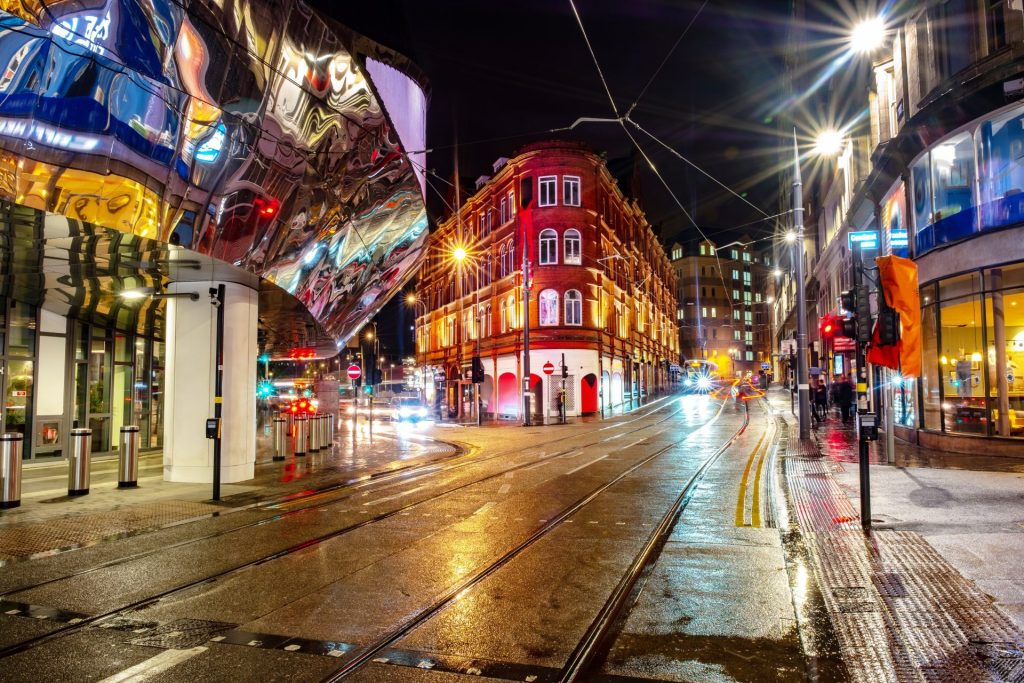
Key Challenges and starting viewpoints for the case of Birmingham
The change in focus of spaces – will making, retail, entertainment, office, coworking become more relevant? What will the new mixture look like, and will it be “edgy” enough to retain and attract young people?
- Can the pandemic catalyze horizontal working focused on addressing and fixing city issues? Unemployment in the inner city is still high.
- Global supply issues vs. local production – particularly acute after Brexit – will the nascent maker community thrive?
- Green growth and the digital health economy – will there be the right conditions for growth?
- Will property prices force out artists?
- Growth of higher education sector and appeal of Eastside to young people – serendipity spaces in Eastside
- How well can the creative quarter of Eastside link with the suburbs and regionally to other towns and cities?
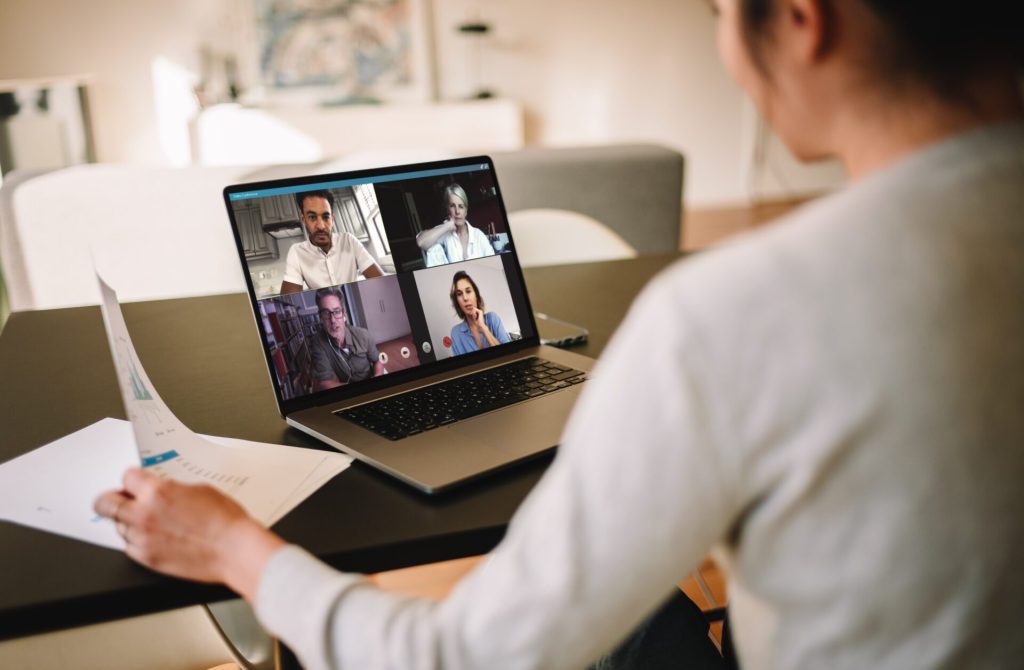
Findings of the design sprint for Birmingham (UK)
Governance – Practitioners and scholars stated that there is a need for better connectivity between people and organizations with decision makers. Governance issues – that means who decides what is needed and what processes should we put in place to develop new spaces post pandemic? This question seems to be key before investing into physical infrastructures or city marketing attempts.
Planning for new spaces – Paradoxically, local experts such as practitioners and scholars from Birmingham, agreed that urban planning processes for major works such as HS2 and university developments run well but that there is a lack of engagement from people on the ground to be observed. More entrepreneurial spirit is needed and tools that encourage people to participate. The pandemic has frozen open social meeting places and urban spaces of encounter. What are tools to overcome these barriers to this?
Who are the local animateurs? – The team stated that more brokerage is definitely needed within business and communities. A closer look at lessons, for example, from the USE-IT! project in Ladywood, Birmingham and Barcelona Activa could inspire this.
Power/hierarchies – A small number of landowners own and therefore control most of the spaces in Eastside. Practitioners and scholars asked how best to work with this scenario? Some discussion among practitioners and scholars pointed out the need to address the mix of resources in more detail and possible misalignment as the quarter develops. There is a paradox in that the historical quirkiness and hidden nature of the assets in Digbeth could be subsumed by commercial interests which build on these unique strengths.
The above all needs to work within a desire to develop sustainability and solutions to the Green agenda. This approach should address the recognition of Birmingham as a diverse city. This agenda for development needs to include how gender and equal opportunities can be a key part of the discussions and solutions for Eastside.

Key Challenges and starting viewpoints for the case of Lisbon
Libraries have long been the forefront providers to access new technologies. How can we update the portfolio and uses of libraries? How can they become new spaces for wider publics taking into account their tradition of collaboration, that is perceived as an essential factor in learning new technologies. How can they become spaces for everyone?.
Since digital fabrication is now recognized as a powerful tool in teaching STEAM, new ways of combined learning and working are key to the post-pandemic world where resilient mechanisms for observing and interpreting complex cultural dynamics are important. What instruments of action in sociocultural, business and artistic fabrics are to be developed to fulfill this mission?.
How can we complement the articulation of the study of culture with areas applied to the sociocultural, creative and economic fabric in Lisbon? What is the role of production aligned with the idea of being able to make anything, anywhere in the world, sharing knowledge via a network and making use of local resources?
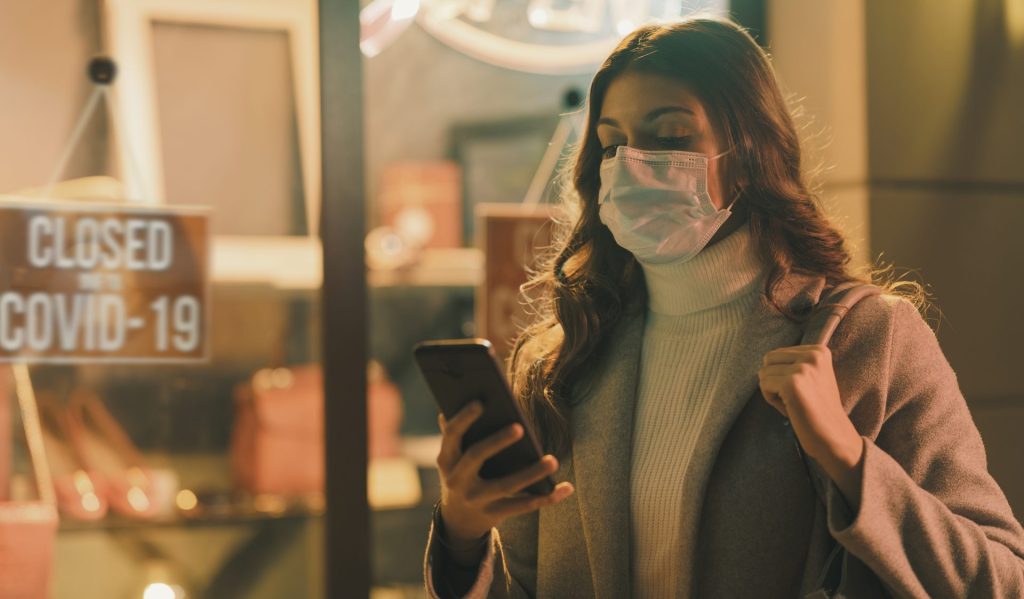
Findings of the design sprint for Lisbon
New spaces at universities
Spaces must be safe places and access to learning-by-doing partnerships to support problem-solving skills is important as well as project-based learning.
Access to networks of real-life experiences should be accompanied with support infrastructures for students and researchers. The city should partner during their ongoing projects and inspiration for innovation or cross-innovation as a place of inspiration;
Future of work
As hybrid work forces become more important and relevant, a toolbox of methodologies to try and use new work spaces in the future should be implemented.
New ways of working need to be updated by providing the needed spaces (e.g. FabLabs, Coworking Spaces and others), inclusive infrastructures (e.g. by handing out test tickets for these spaces), showcasing forerunners (e.g. local testimonials) and lasting cooperation than only quick temporal collaboration;
Since future careers in these new working spaces should be equally split in terms of gender, sensitivity toward inclusive and respectful policies have to guide new approaches in hybrid professional fields framed by new technologies, startup practices, and career evolution.
Lesson learned for reinventing space in (post-)pandemic conditions
Urban spaces need new everydays oriented offers for local workers
- Unused, abandoned , empty, and misused spaces are key resources to plan for a mix of coworking spaces, FabLabs, maker spaces, innovation spaces, community places, and serendipity spaces. They should offer the basic equipment such as printers, desk space, telephone pods for calls.
- These spaces are transitory, fluid, and temporary per se. Since we will have to live longer with distance regulations and home office conditions, they should provide everyday office-work services, safety aspects, and low-key supply.
- Although the discussion focused on the core inner city areas in Birmingham and Lisbon, it became evident that staying at and working from home requires a larger number of these targeted spaces outside the core city area. We need places which reflect the edginess of the inner city and support for freelancers, home-workers, and new enterprises.
- Easy to access, low barriers and low maintenance, a light touch policy, has to be mirrored in new neighbourhood spaces.
Residential areas should build up more co-working spaces and “home working” related services
- Since working from home and remote work take place in the suburbs, these residential areas will need suitable innovation spaces to provide nearby opportunities. What shall they look like? What should be the mix of coworking and creativity outside of the core city centre? What is needed in not-inner-city areas?
- Short travel distances to these spaces is key , high flexibility, an aim to support inclusive and green growth in our cities. New urban designs with hybrid spaces should be positioned geographically between the inner core and the suburbs.
- We provide a list of short- and mid-term components as infrastructures to build up these spaces. A toolkit embedded into an empowerment process helps cities to initiate “new working spaces” in times of pandemic. A key priority is to enable small scale interventions, quick to set up in existing spaces empty in times of Covid-19.
Agency – Combined civic and social entrepreneurial leadership
- In times of crisis, the role of brokers and animateurs aiming at uplifting and enabling these new spaces is key. We coach communities and local administrations to acquire the necessary skills on an analog as well as at a digital level. Learning to design physical spaces for the purpose of “social rescue spaces” in times of home-work and remote work is important.
- Facilitation is needed to build up cheap and small incentives to unlock people from only staying at and working from home.
- An inclusive approach is always important, but in times of lasting crisis, small initiatives need leadership on the basis of common ground.
In a nutshell
Changed working habits need close-by local low-cost infrastructures such as new working spaces, coworking options, and other common based places of encounter.
